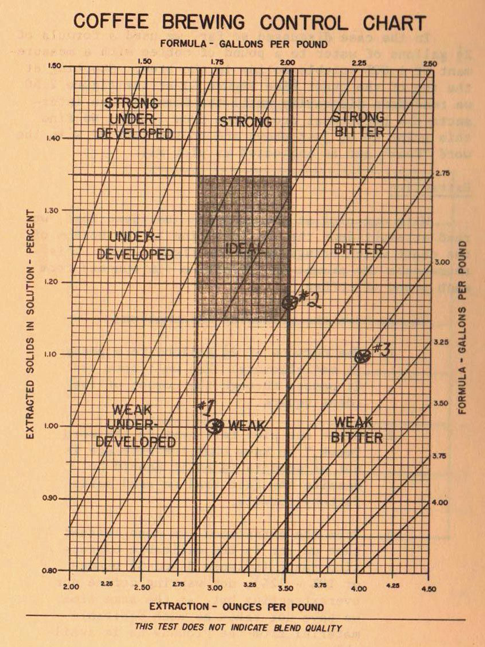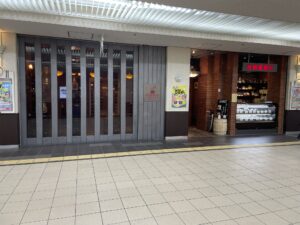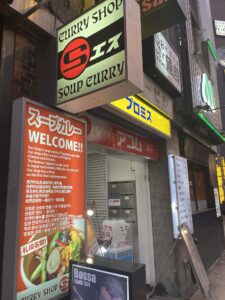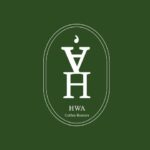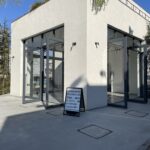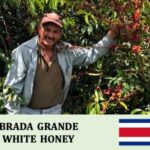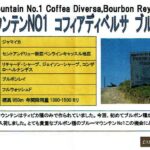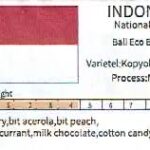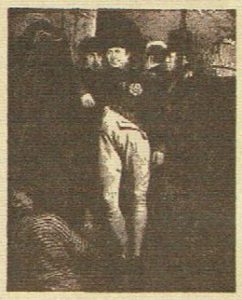
コーヒーの抽出理論とその変遷 日付入りコーヒー
日付入りコーヒー
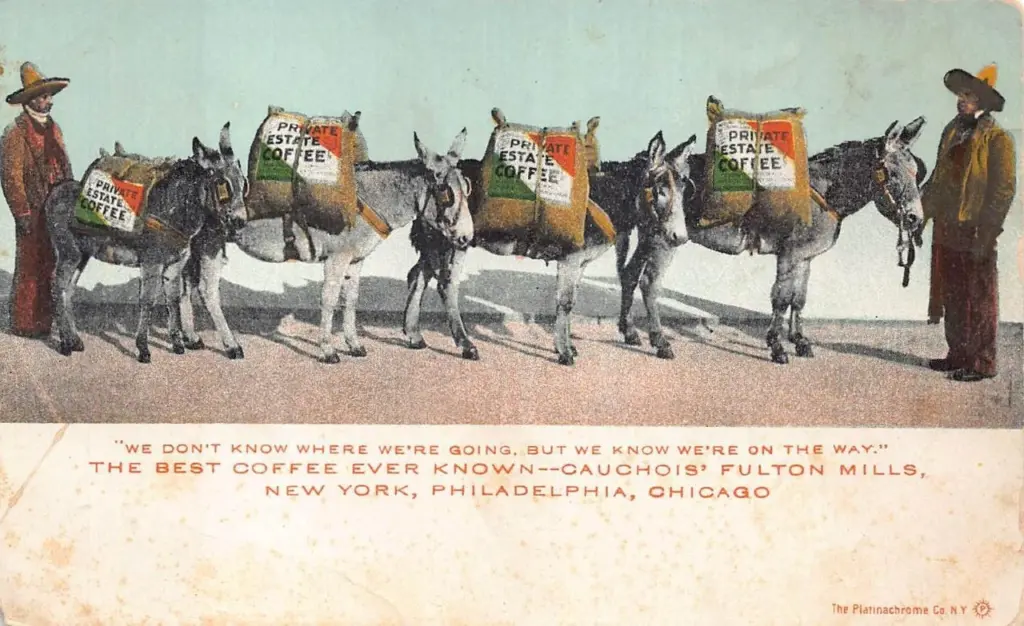
コーヒーの鮮度は古くから争点であり、鮮度を示す方法として日付表示が用いられてきた。ニューヨークのロースターであったフレデリック・A・コーショワ(Frederick A. Cauchois)は、日付表示した16ozの麻袋入りプライベート・エステート・コーヒーを、市内の小売店やレストランに配送していた。セラーペにソンブレロ姿の荷馬車夫たちは、毎週在庫を回転させ、古いものを運び出して回った。
フレデリック・A・コーショワもまた、ニューヨークのコーヒー・ロースターの中では絵に描いたような人物で、1875年にチェイス・アンド・サンボーンのニューヨーク事務所で事務員としてこの業界に入った。その後、フランク・ウィリアムズのもとでコーヒーの仲介業を学んだ後、フルトン・ストリートの旧フルトン・ミルズ(コルゲート・ギルバート商会、1848年)を買収し、そこでコーヒー業界で最も独創的な広告を行った。小さな麻袋に入れたプライベート・エステート・コーヒー、大都市の街中を生豆の袋を運ぶロバの列、毎日新鮮なコーヒーを食料品店に配達するシステム、コーヒーの適切な抽出を保証する和紙のフィルター装置などで、彼は一躍有名になった。彼は古いイギリスのコーヒー・ハウスの精神をアメリカに持ち込み、ニューヨークのキーンズ・チョップ・ハウスに取り入れた。彼は1918年に亡くなった。
Frederick A. Cauchois, another picturesque figure among New York coffee roasters, entered the trade as a clerk in the New York office of Chase & Sanborn in 1875. After further tutelage under Frank Williams in the coffee brokerage business, he bought the old Fulton Mills (Colgate Gilbert & Co., 1848), in Fulton Street, where he did some of the most original advertising for coffee that the trade has seen. His Private Estate coffee in little burlap bags, his donkey train that carried the bags of green coffee through the streets of the metropolis, his system of delivering fresh coffee daily to the grocery trade, and his Japanese paper filter device to insure the proper making of the coffee, made him famous. He brought something of the spirit of the old English coffee house to America, and incorporated it in Keen’s Chop House in New York. He died in 1918.
William H. Ukers"All About Coffee"
1908年にコーヒー用のペーパーフィルター製造を開始したドレスデンの主婦メリタ・ベンツ(Melitta Bentz)は、ペーパーフィルターを発明したわけではない。1905年にはすでに、コーショワがプライベート・エステート・コーヒー・メーカー(Private Estate Coffee Maker)を発売し、和紙フィルターを採用していた。
1905年、ニューヨークのフレデリック・A・コーショワが、プライベート・エステート・コーヒー・メーカーを発表した。フランスのドリップ方式とフィルター方式を巧みに組み合わせたもので、ろ過材として薄い和紙を使用している。同年、フィラデルフィアのフィンリー・アッカーが、側面に穴のあいた2つのシリンダーの間にパーコレーター紙を挟み、ろ過材として使用するパーコレーターの米国特許を取得した。
In 1905, Frederick A. Cauchois, of New York, brought out his Private Estate coffee maker, a clever combination of the French drip and filter processes, employing a thin layer of Japanese paper as a filtering agent. The same year, Finley Acker, of Philadelphia, was granted a United States patent on a percolator employing two cylinders, perforated on the sides, with a sheet of percolator paper placed between them to act as a filtering medium.
William H. Ukers"All About Coffee"
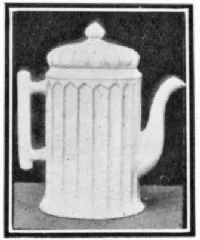
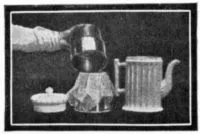
同じ1905年には、ろ紙を使用するフィンリー・アッカーのコーヒーポットも発売された。
ろ過の分野では、以下のものが大きな成功を収めた: 1881年頃に発売された、底を補強した綿袋を使用したハーヴェイ・リッカーのハーフ・ミニッツ・ポット、1900年のキンヒー・ポット、1905年に発売された、日本のろ紙を使用したコーショワのプライベート・エステート・コーヒー・メーカー、同年発表された、側面に目打ち穴が入った2つのシリンダーの間にろ紙を挟むフィンリー・アッカーのパーコレーター、1908年のトリコレーター、1912年のろ紙を使用したキングのパーコレーター、1911年の「メイク・ライト」(1920年のトルブル・ポットで発表された改良型を含む)。
In the filtration field, the following attained considerable distinction: Harvey Ricker’s Half-Minute pot, employing a cotton sack with re-inforced bottom, introduced about 1881; the Kin-Hee pot of 1900; Cauchois’ Private Estate coffee maker, using Japanese filter paper, introduced in 1905; Finley Acker’s percolator, introduced the same year, which also employed a filter paper between two cylinders having side perforations; the Tricolator, 1908; King’s percolator, using filter paper, in 1912; and the “Make-Right”, 1911, with its adaptation as presented in the Tru-Bru pot of 1920.
William H. Ukers"All About Coffee"
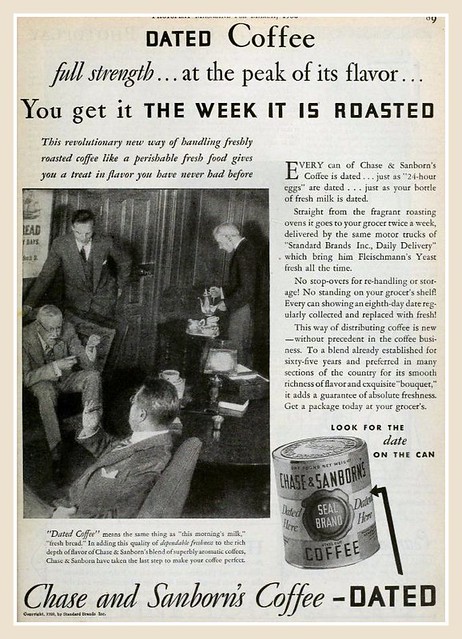
1929年、ボストンを拠点とするチェイス・アンド・サンボーン(Chase & Sanborn)は、焙煎豆を密閉缶に詰めて日付を付けて販売を始めた。チェイス・アンド・サンボーンのコーヒーは、「日付入り(Coffee is dated)」と広告で謳われた。
20世紀前半、数えきれないほどのロースターが、パッケージや量り売りの豆売り場の陳列棚にコーヒーの日付を記載していた。量り売り業者が姿を消すと、この習慣は終わりを告げた。真空缶、そしてインスタントコーヒーの瓶が主流となり、劣化しても健康に害がなく、密封された容器の中で新鮮さが永遠に続くように見える商品では、日付はあまり重要でないように思われた。
1945年、フィルターコーヒーの大量に消費者していたアメリカ海軍は、『アメリカ海軍の料理書』(原題:The Cook Book of the United States Navy)にコーヒーのレシピを掲載した。抽出方法にもよるが、コーヒー粉3lb(約1,360g)に対し水6.25gal(約23.65ℓ)を基本としていた。1960年代初頭までは、ニューヨークのレストランやホテルでは、このレシピに似た方法でコーヒーを抽出していた。1960年代初頭、セシルウェア(Cecilware)やコンチネンタル(Continental)などによって導入された自動式コーヒーマシンとペーパーフィルターは、アメリカ合衆国における外食飲料サービスに劇的な変化をもたらした。よりライトな飲料が全国標準となり、この傾向はスペシャルティコーヒーの影響を受け、水に対するコーヒーの比率がより濃厚なものに回帰するまで続いた。

